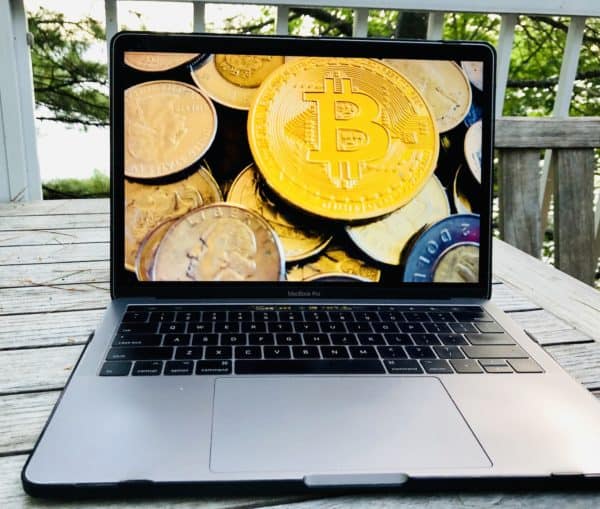The Cambridge Centre for Alternative Finance (CCAF) has revealed the Cambridge Digital Money Dashboard (CDMD).
The Centre is part of the Cambridge Judge Business School, University of Cambridge.
CCAF is the leading independent research group covering the world of Fintech, including digital assets. The Centre said the Dashboard is part of the Cambridge Digital Assets Programme (CDAP), a project that researches the emerging digital asset ecosystem and the systems that enable the transfer of value. Launched in 2022, they have now partnered with 18 other organizations.
The Dashboard incorporates Central Bank Digital Currencies (CBDCs), stablecoins, crypto, and other tokenized assets. The initial focus of the CDMD is stablecoins, privately issued digital assets that typically reference a fiat currency but can reference other assets or be algorithmic. The Dashboard tracks present-day supply and velocity of transfers.
In a blog post, CCAF Executive Director and co-founder Bryan Zhang explained that the Dashboard seeks to shed light on the complex and changing environment of digital assets, including digital currency.
“The privately issued stablecoin market has surged from less than 3 billion USD in 2019 to more than 130 billion USD today, prompting discussions and debate on issues ranging from pegging stability and volatility, robustness and composition of reserve, industry standard and transparency, investor rights and consumer protection, regulation and supervision as well as financial stability,” said Zhang.
Zhang noted that the Dashboard is available to the public and offers information on:
- Cross-chain stablecoin supply
- Transfer activity
- Velocity
- Peg stability
- Stablecoin reserve assets
- Regulatory frameworks
- User agreements
A section of the Dashboard presents a digital asset or “digital money” overview – or a Digital Money 101. This section of the site provides definitions or explanations of each type of digital asset.
In contrast, there is a section addressing the topic of “What is Money? Present-day fiat currency emerged, over time, from barter to a physical holding that referenced or was an actual asset of value to now being contingent on the faith or strength of the country or jurisdiction (both public and private) issuing the currency. Importantly, it holds value for buyers and sellers, yet value changes all of the time. The Dashboard points to two viewpoints of money – one as credit and the other as a commodity.
The Dashboard declares:
“.. these functions are acting as a unit of account, serving [as] a means of exchange and constituting a store of value. Ultimately, money only adheres to these three roles if society trusts in the creditworthiness of the issuer, irrespective of the form that money takes.”
Ultimately, national or supra-national jurisdictions must create a regulatory environment for the evolution of how value is stored and exchanged. While some parts of the world have pushed forward in fostering a path for the digitization of assets, including currency, others have struggled to enable the transition from more analog references to digital ones. As concern for systemic risk is always present, most jurisdictions are addressing digital assets at a measured pace.


